When we imagine national parks, the images are awe-inspiring: Gravity-defying sandstone arches, two-hundred-foot tall coastal redwoods, four hundred-mile long Kentucky caverns. Nature at its most extreme and unbridled.
And when we imagine a city park, we get the polar opposite. Central park, possibly the most iconic municipal park in the world, is an exercise in human-built nature. Every tree has been planted, every lake was dammed into existence. Frederick Olmsted, who designed Central Park, also had a hand in the University of Idaho’s campus in Moscow, where I went to school.
He wrote in a letter to former U of I President James MacLean, “the university as a whole, both grounds and buildings […] ought to exhibit clearly, in all its outward appearance, the fact that it is the place of work and of residence of cultivated and careful people.”
Cultivated and careful are not terms used for National Parks, by and large. Denali National Park doesn’t even do trail work!
But throughout the world, there is a third kind of park between the untrammeled wildness of Denali and the cultivated care of Central Park. I call them “Feral Parks.”
This weekend I spent a few hours in feral parks around my town of Moscow, Idaho. Specifically, I went to Idler’s Rest Nature Reserve, a very small park at the base of Moscow Mountain.
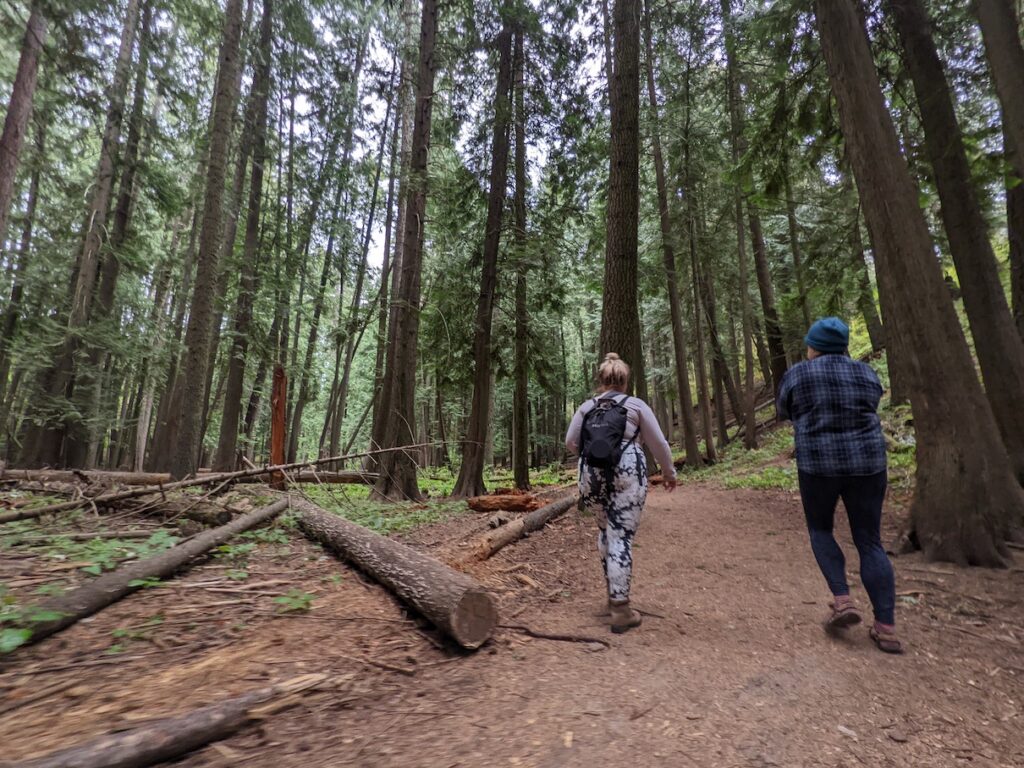
The park has two halves. One is a trail through a mature cedar forest along Idler’s Rest Creek. It’s not quite an old-growth forest, though some trees are certainly 80 or 90 years old, towering 100 feet high. Boxy holes, bored by pileated woodpeckers, are in many trees. It’s got the feel of a wild place or at least a green and photogenic one.
Across the road is another trail, through an old abandoned orchard. There are a few big ponderosas, but it’s mostly an overgrown thicket. Yes, trees were logged and fields were plowed and fruit trees were cultivated. It was as close to domestic as the 1890s allowed.
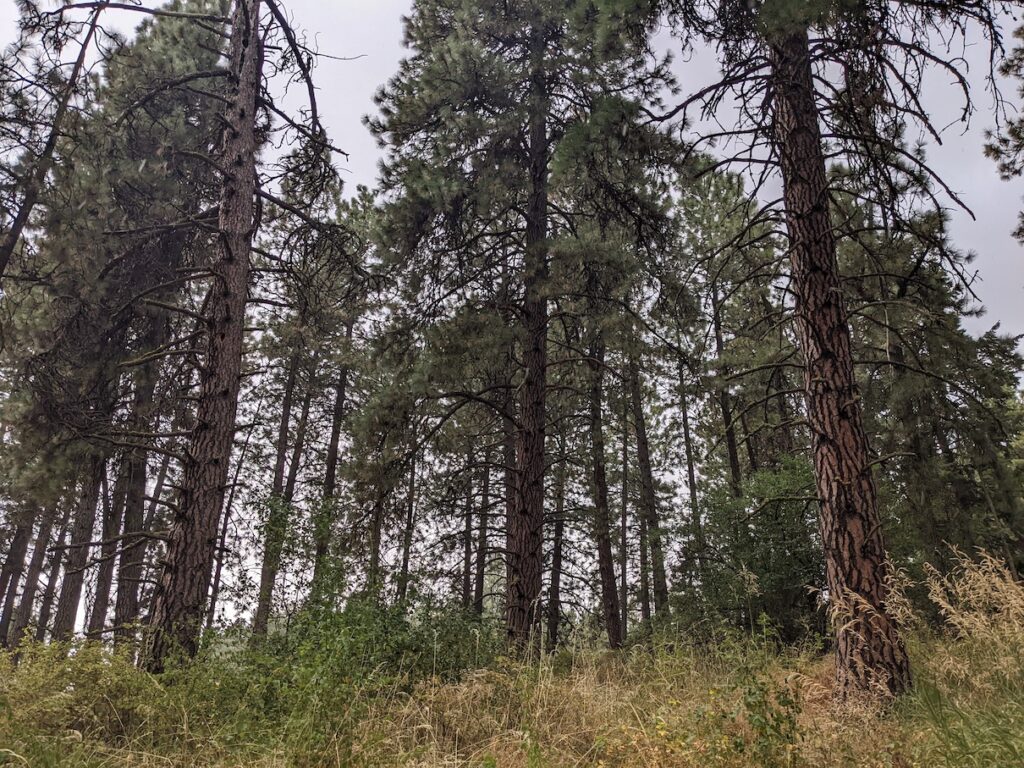
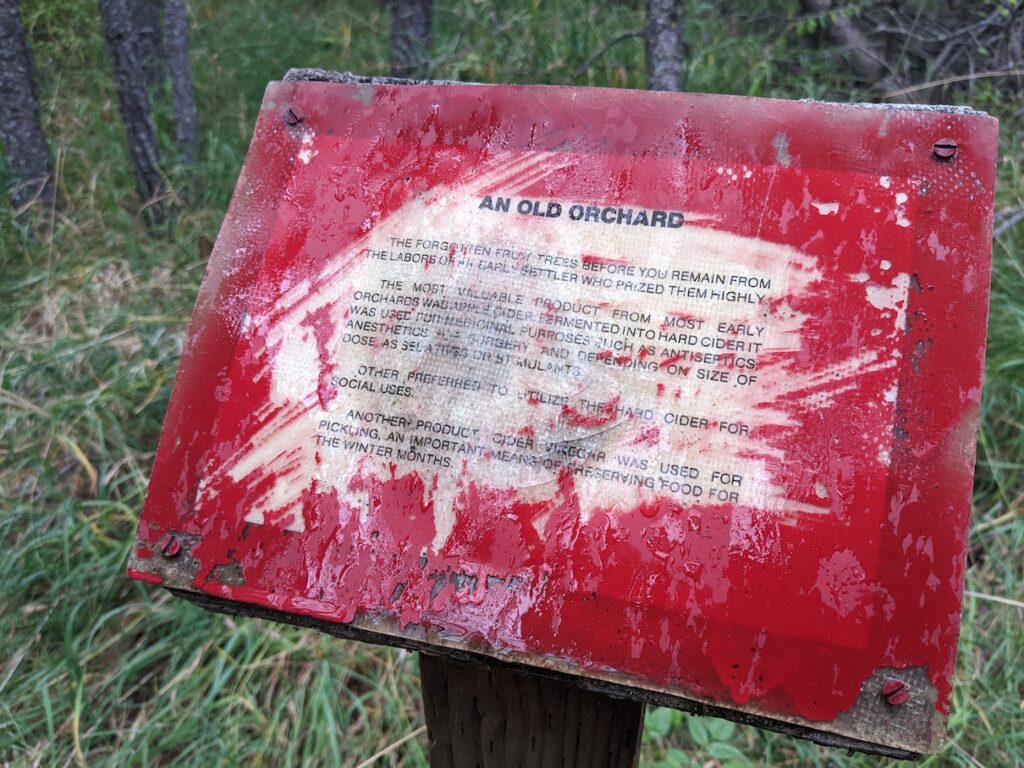
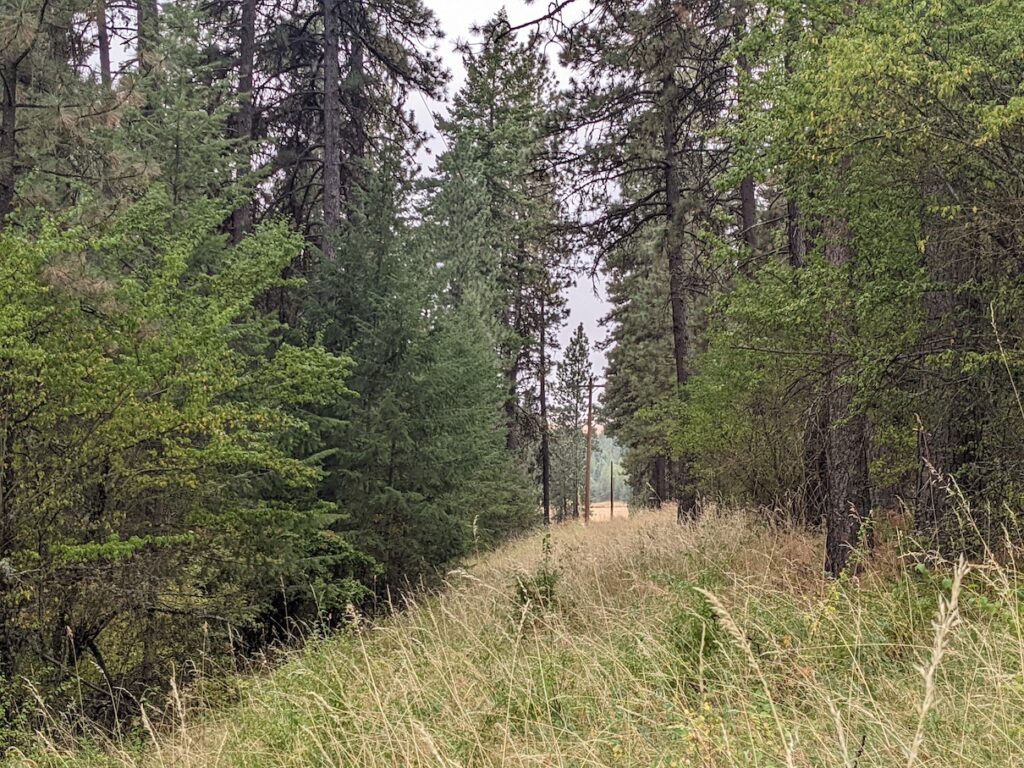
But they didn’t completely overpower nature. Decades have passed since the homesteading days, and native trees, shrubs, and grasses now live alongside apple trees. Invasive weeds sprout between snowberry bushes. Black bears frequent the area, gorging on the (now) feral plums that dot the landscape. It’s less a tug of war and more of a collage of humans and the native environment.
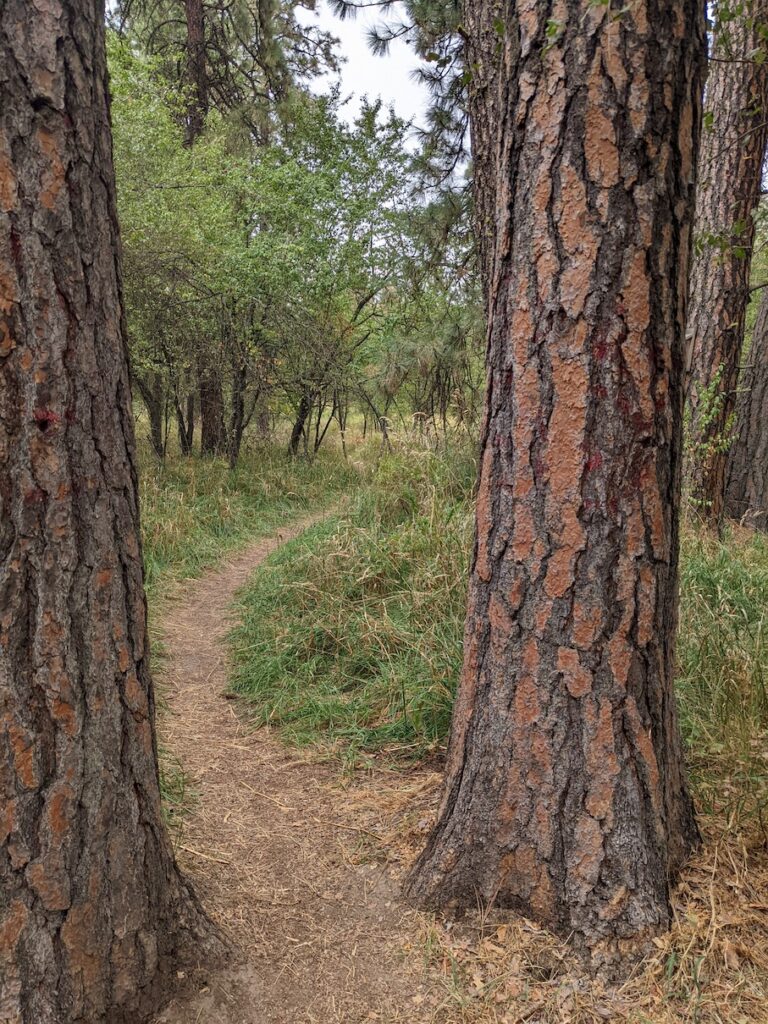
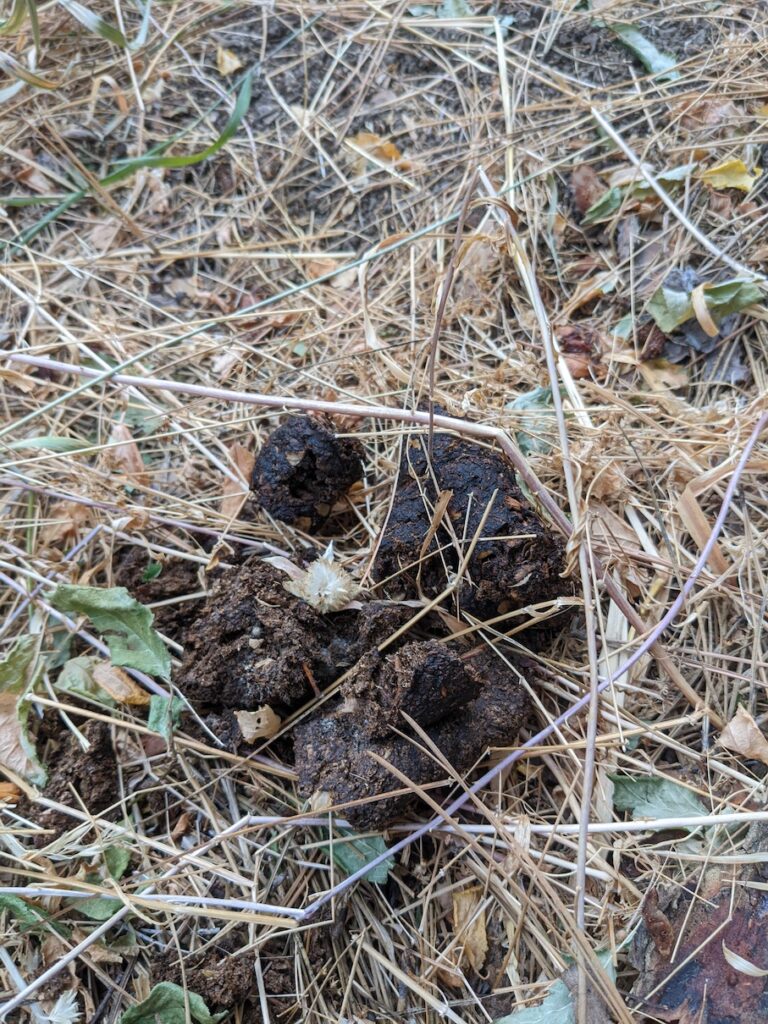
Throughout the country, this “third kind” of park can be found just about everywhere. Graveyards, since they are quiet and full of trees, are hugely beneficial to wild birds. Hedgerows between farms create a kind of feral network for rabbits, skunks, and pheasants.
It also rings to me as uniquely American. It’s a celebration of life thriving in overlooked places, a mosaic of human and non-human design, a messy retort to the overly dignified (see pretentious) approach of French and English gardens.
One great American mind to recognize this third kind of park was Thoreau. While Walden wasn’t really wilderness, it certainly wasn’t Boston.
“Mine was, as it were, the connecting link between wild and cultivated fields; as some states are civilized, and others half-civilized, and others savage or barbarous, so my field was, though not in a bad sense, a half-cultivated field. They were beans cheerfully returning to their wild and primitive state that I cultivated, and my hoe played the Ranz des Vaches for them.”
